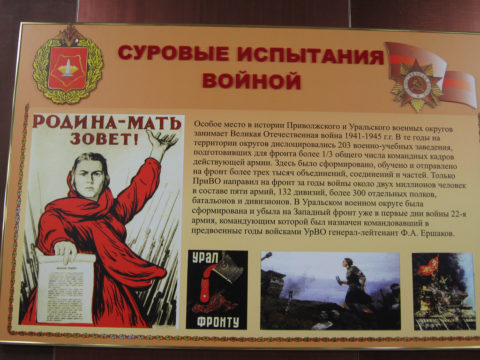Jordan Peterson is probably the second-most polarizing living Canadian — after Justin the Lesser, of course — but his collection of early Soviet art and propaganda posters is perhaps one of the more surprising things about him:

“Mother Russia” by topsafari is licensed under CC BY-NC-ND 2.0
I’ve been in homes that have displayed unusual artwork, including one house decorated in African-themed pieces that many would consider pornographic. But I don’t believe I’ve ever seen anything quite as unusual and unique as the art in Jordan Peterson’s home.
To be clear, I’ve never actually visited Peterson’s house. But his home and its artwork are described in some detail by Norman Doidge, who wrote the foreword to Peterson’s best-selling book 12 Rules for Life.
Doidge met Peterson in 2004 at a gathering hosted by mutual friends, a pair of Polish emigres who came of age during the days of the Soviet empire. At the time, Peterson was a professor at the University of Toronto, and he and Doidge — a psychiatrist and psychoanalyst — soon became friends. (Apart from their scientific interests, it seems the men shared a passion for the great books, particularly “soulful Russian novels”.)
Doidge visited Peterson on more than one occasion, and he describes the Peterson house as “the most fascinating and shocking middle-class home I had seen.” Among the fascinations was an impressive collection of unusual artwork.
“They had art, some carved masks, and abstract portraits, but they were overwhelmed by a huge collection of original Socialist Realist paintings of Lenin and the early Communists commissioned by the USSR,” writes Doidge. “Paintings lionizing the Soviet revolutionary spirit completely filled every single wall, the ceilings, even the bathrooms.”
Books and art can tell you a great deal about people, as I said, but one must be careful to not draw the wrong conclusions. Which invites an important question: Why was Peterson’s home covered in Soviet era artwork?
One might assume that Peterson was a socialist. Yet, this is not the case. Or maybe, one might guess, Peterson began gobbling up Soviet propaganda pieces following the fall of the Soviet Union simply as investment. (I wish I had possessed the foresight to buy up a bunch of vintage Soviet art following the fall of the Soviet empire; alas, I was only 12.) Perhaps, but this wouldn’t explain why it’s displayed throughout his home.
Fortunately, Doidge offers us an answer.
“The paintings were not there because Jordan had any totalitarian sympathies, but because he wanted to remind himself of something he knew he and everyone else would rather forget: that over a hundred million people were murdered in the name of utopia,” Doidge writes.



